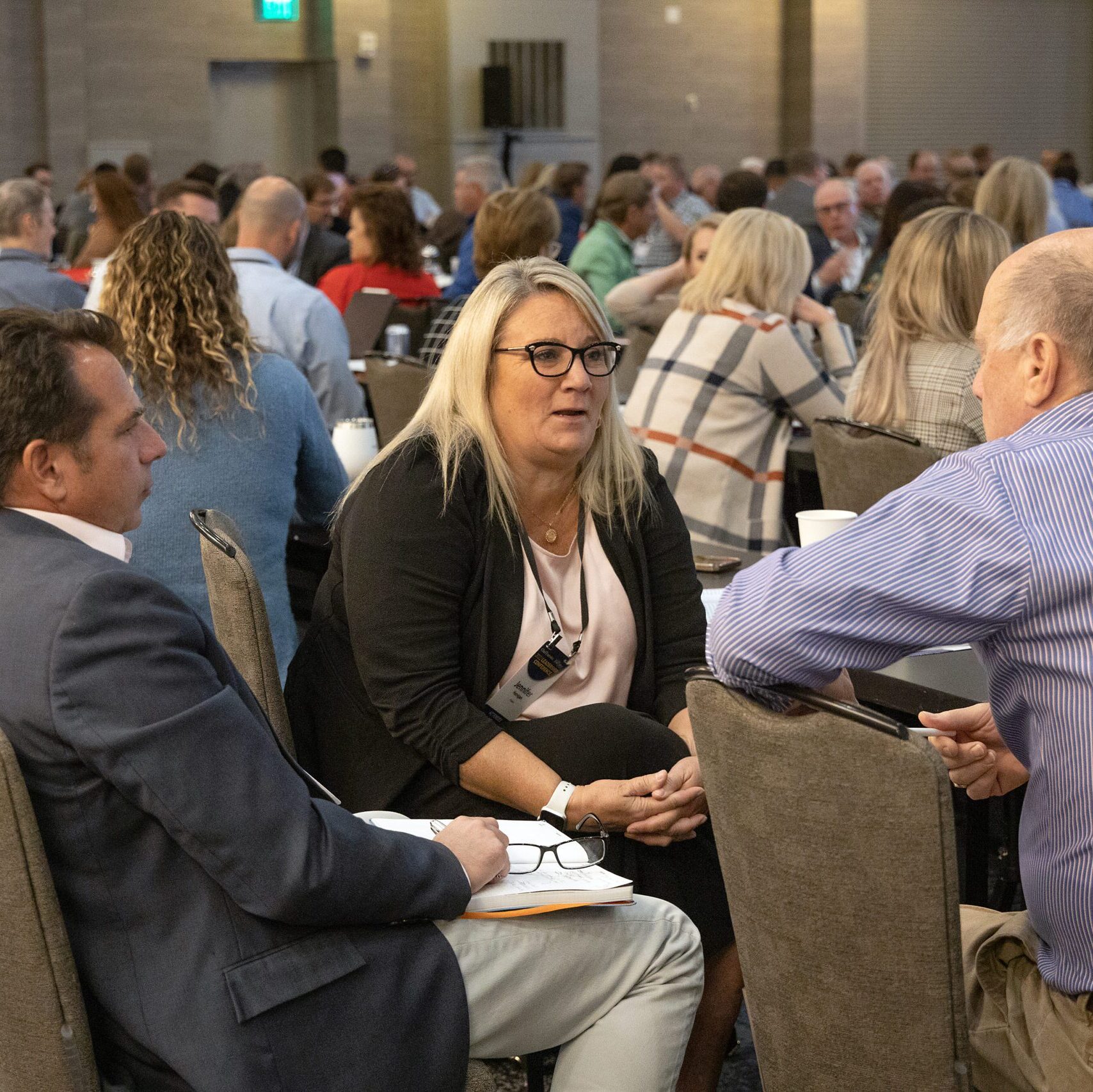
And I think that is what is coming to CEOs…where there’s a statement like the one today by Roseanne and someone has to react to it. And it’s all over Twitter and quickly, Disney has to make a decision. It’s the same thing with what happened in Starbucks in Philadelphia. It’s caught on viral video and everyone has an opinion about it right away and often at it’s very divided, and it’s going to come to Starbucks and the CEO to make a decision about what to do.
And I should add that’s what leads to the second kind of factor, which is social media. I mean, both the Roseanne story and the Starbucks story and so many of the other stories have played out on social media, which is basically just a microphone that’s always on. And that means that the people behind the microphone, the CEOs in this case, are expected to speak and have opinions on things. And that wasn’t the case, even just five or 10 years ago.
The third one is that the folks who were on social media with them and part of this political story, which is the millennials [who are taking over the business world] and…seem to be more accepting of mixing business and politics. They expect CEOs and corporate leaders to have opinions and express them as being authentic leaders. And so while we don’t have sort of conclusive evidence on that point, we’re looking more and understanding the preferences of millennials. Those are the three factors at least Mike and I so far have looked at, political polarization, social media, and the increasing presence of millennials in the workforce.
What are the different styles of CEO activism that you’re seeing?
Ronnie: With CEO activism it’s not one thing, it’s a couple of different activities, at least. So one is CEOs are using Twitter and social media, in general, to speak out as these issues happened, it’s a quick way to respond, and it’s a way to get right into the thread of the debate on the same channel as these events are unfolding. The other is that they’re joined together with other companies in signing letters, like the one that the human rights campaign got together around North Carolina’s HB2. So you know, lots of companies signed onto that to affirm their support for non-discrimination and register their disapproval against HB2.
There’s also things they’re doing internally inside their companies. When the events in Charlottesville took place and the aftermath was sort of something that created a lot of controversy, a lot of CEOs looked internally to figure out what was going on and make as many improvements as they could in their own companies around racial bias, for example. So I think that you see it in very public ways on Twitter, you see it as a collective action with these letters they’re signing and getting behind, and you also see it internally inside their companies, where you see a lot of CEOs stepping out on these issues. You also see the occasional CEO writing [an op-ed] or giving a press availability, or appearing on one of these shows, so those are also common. But only the highest, most well-known CEOs are getting those opportunities. I think the other ones might be more available to folks across the CEO spectrum.
Toffel: I’ll just add to that. You know, a typology we used in the HBR article, which I think is useful is, there’s two types of tactics, one is about raising awareness. That’s like writing the op-ed or issuing a statement or a tweet. Some of that’s done individually. Some of that’s done collaboratively. And then there’s the examples that we’ve seen that is more startling in a way, where CEOs threaten economic action.
For example, PayPal deciding not to or threatening not to put its operations center in North Carolina, or Angie’s List deciding to not pursue the expansion of their headquarters in Indianapolis. Those are fewer and far between, but those certainly raise eyebrows, because that’s not just the CEO, you know, stating clearly where he or she feels on a position. It’s taking action with real financial consequences in that locality.
Stay tuned for part two of the interview.

Chief Executive Group exists to improve the performance of U.S. CEOs, senior executives and public-company directors, helping you grow your companies, build your communities and strengthen society. Learn more at chiefexecutivegroup.com.
0

1:00 - 5:00 pm
Over 70% of Executives Surveyed Agree: Many Strategic Planning Efforts Lack Systematic Approach Tips for Enhancing Your Strategic Planning Process
Executives expressed frustration with their current strategic planning process. Issues include:
Steve Rutan and Denise Harrison have put together an afternoon workshop that will provide the tools you need to address these concerns. They have worked with hundreds of executives to develop a systematic approach that will enable your team to make better decisions during strategic planning. Steve and Denise will walk you through exercises for prioritizing your lists and steps that will reset and reinvigorate your process. This will be a hands-on workshop that will enable you to think about your business as you use the tools that are being presented. If you are ready for a Strategic Planning tune-up, select this workshop in your registration form. The additional fee of $695 will be added to your total.

2:00 - 5:00 pm
Female leaders face the same issues all leaders do, but they often face additional challenges too. In this peer session, we will facilitate a discussion of best practices and how to overcome common barriers to help women leaders be more effective within and outside their organizations.
Limited space available.

10:30 - 5:00 pm
General’s Retreat at Hermitage Golf Course
Sponsored by UBS
General’s Retreat, built in 1986 with architect Gary Roger Baird, has been voted the “Best Golf Course in Nashville” and is a “must play” when visiting the Nashville, Tennessee area. With the beautiful setting along the Cumberland River, golfers of all capabilities will thoroughly enjoy the golf, scenery and hospitality.
The golf outing fee includes transportation to and from the hotel, greens/cart fees, use of practice facilities, and boxed lunch. The bus will leave the hotel at 10:30 am for a noon shotgun start and return to the hotel after the cocktail reception following the completion of the round.